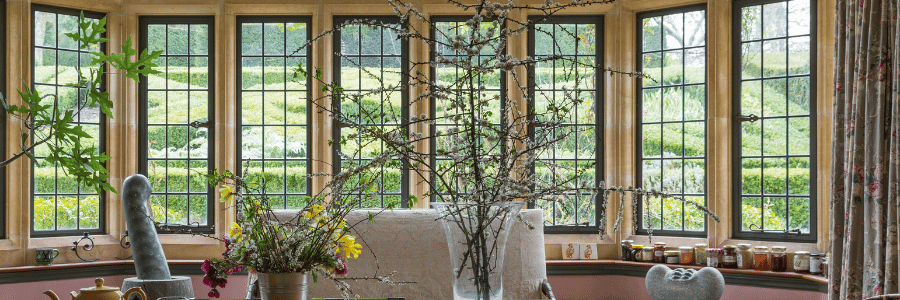Windows have long been more than just openings in our walls; they are a reflection of architectural trends, technological advancements, and societal changes. From the ornate windows of the Victorian era to the sleek, energy-efficient designs of today, window styles have evolved significantly. This journey through the decades highlights how window designs have transformed, showcasing the blend of style and innovation that has shaped modern architecture.
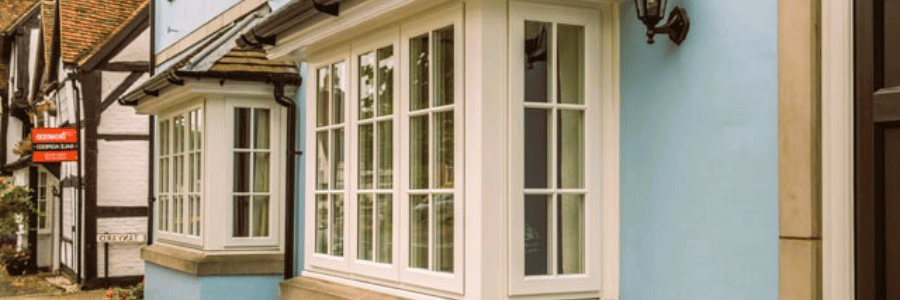
The Victorian Era (1837-1901)
The Victorian era was marked by a fascination with intricate designs and elaborate details. Windows during this period were often large and featured ornate, decorative elements. Stained glass became a popular choice, adding a touch of color and artistry to homes. These windows were typically tall and narrow, often adorned with intricate woodwork and molding. Bay windows also gained popularity, providing a way to bring more light into rooms while offering a picturesque view of the surroundings. The emphasis on beauty and craftsmanship made Victorian windows a statement piece in home design.
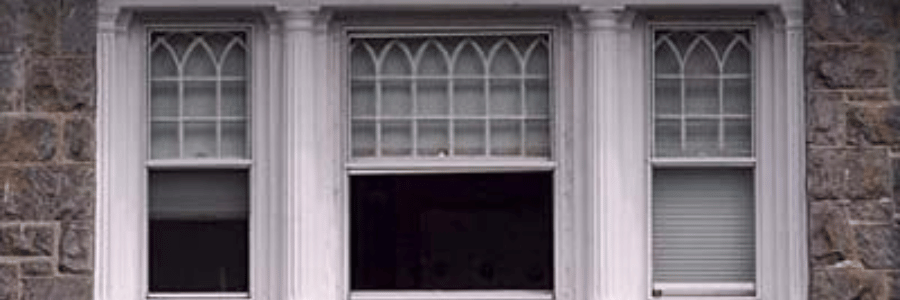
The Early 20th Century (1900-1930)
As we moved into the early 20th century, window designs began to reflect the changing architectural styles and technological advancements. The Arts and Crafts movement emphasized simplicity and functionality, leading to the use of casement windows. These windows, which open outward like a door, became popular for their practical design and ease of use. Leaded glass and diamond-pane windows were also common, adding a touch of elegance without the elaborate details of the Victorian era. This period saw a shift towards more practical and efficient window designs, balancing aesthetics with functionality.
The Mid-20th Century (1930-1960)
The mid-20th century brought significant changes to window design, driven by the rise of modernism and new building materials. The advent of aluminum and steel allowed for larger windows with slimmer frames, creating a sleek and minimalist look. Picture windows became a hallmark of mid-century modern homes, providing expansive views and bringing the outdoors in. The use of double-paned glass also began during this period, improving insulation and energy efficiency. This era marked a shift towards larger, unobstructed windows that complemented the clean lines and open spaces of modernist architecture.
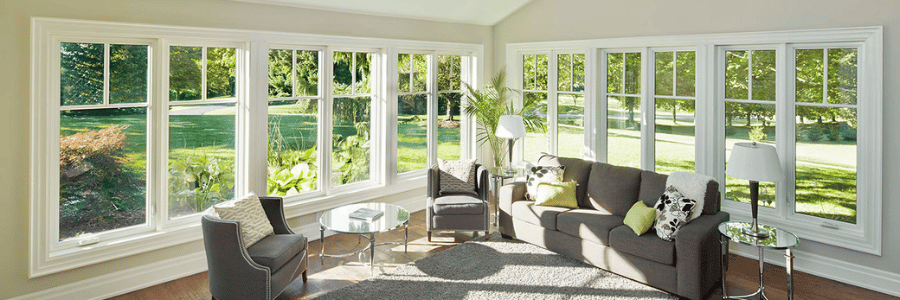
The Late 20th Century (1960-2000)
In the late 20th century, energy efficiency and sustainability became key considerations in window design. The oil crisis of the 1970s spurred a greater focus on reducing energy consumption, leading to the development of insulated glass units (IGUs). These windows featured multiple panes of glass with insulating gas in between, significantly improving thermal performance. Vinyl windows gained popularity due to their low maintenance and affordability, while wood-clad windows offered a combination of durability and aesthetic appeal. The late 20th century also saw the introduction of low-emissivity (low-E) coatings, which further enhanced the energy efficiency of windows by reducing heat transfer.
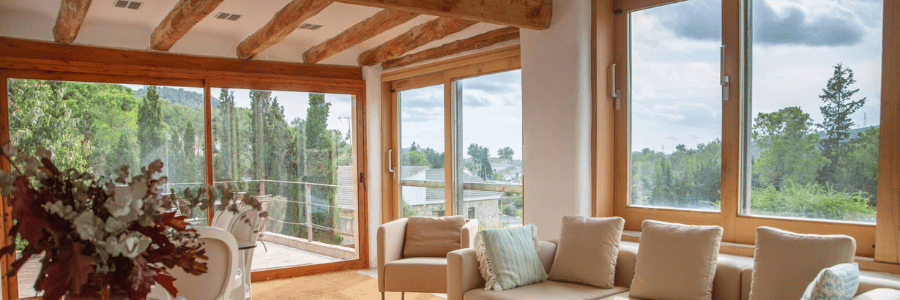
The 21st Century (2000-Present)
The 21st century has seen a continuation of the trends towards energy efficiency and sustainability, with advancements in technology playing a crucial role. Smart windows, which can change their opacity with the touch of a button, have become more prevalent, offering enhanced privacy and energy savings. Triple-paned glass has become a standard in many new constructions, providing superior insulation and noise reduction. Modern window designs often emphasize large, unobstructed views, with floor-to-ceiling windows and sliding glass doors becoming common features in contemporary homes. The use of sustainable materials, such as reclaimed wood and recycled glass, reflects a growing commitment to environmental responsibility.
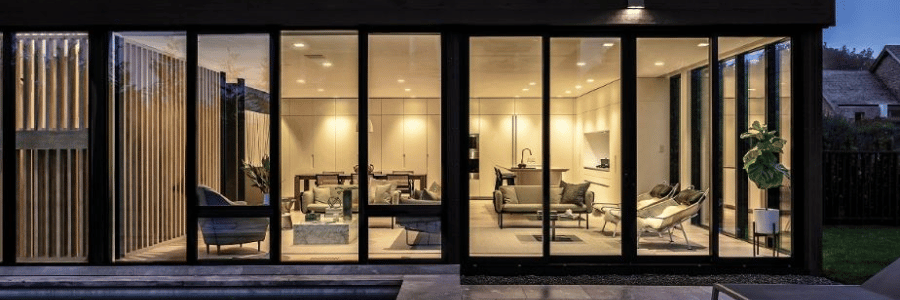
Conclusion
The evolution of window designs through the decades highlights the dynamic interplay between style and innovation. From the ornate, handcrafted windows of the Victorian era to the sleek, energy-efficient designs of today, windows have continually adapted to meet the changing needs and preferences of homeowners. As we look to the future, it is clear that windows will continue to play a pivotal role in shaping our homes, offering a blend of beauty, functionality, and sustainability. Whether you are restoring a historic home or designing a modern masterpiece, the history of window design provides a rich tapestry of inspiration and innovation.

